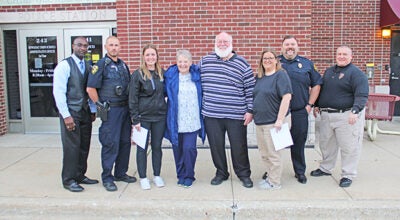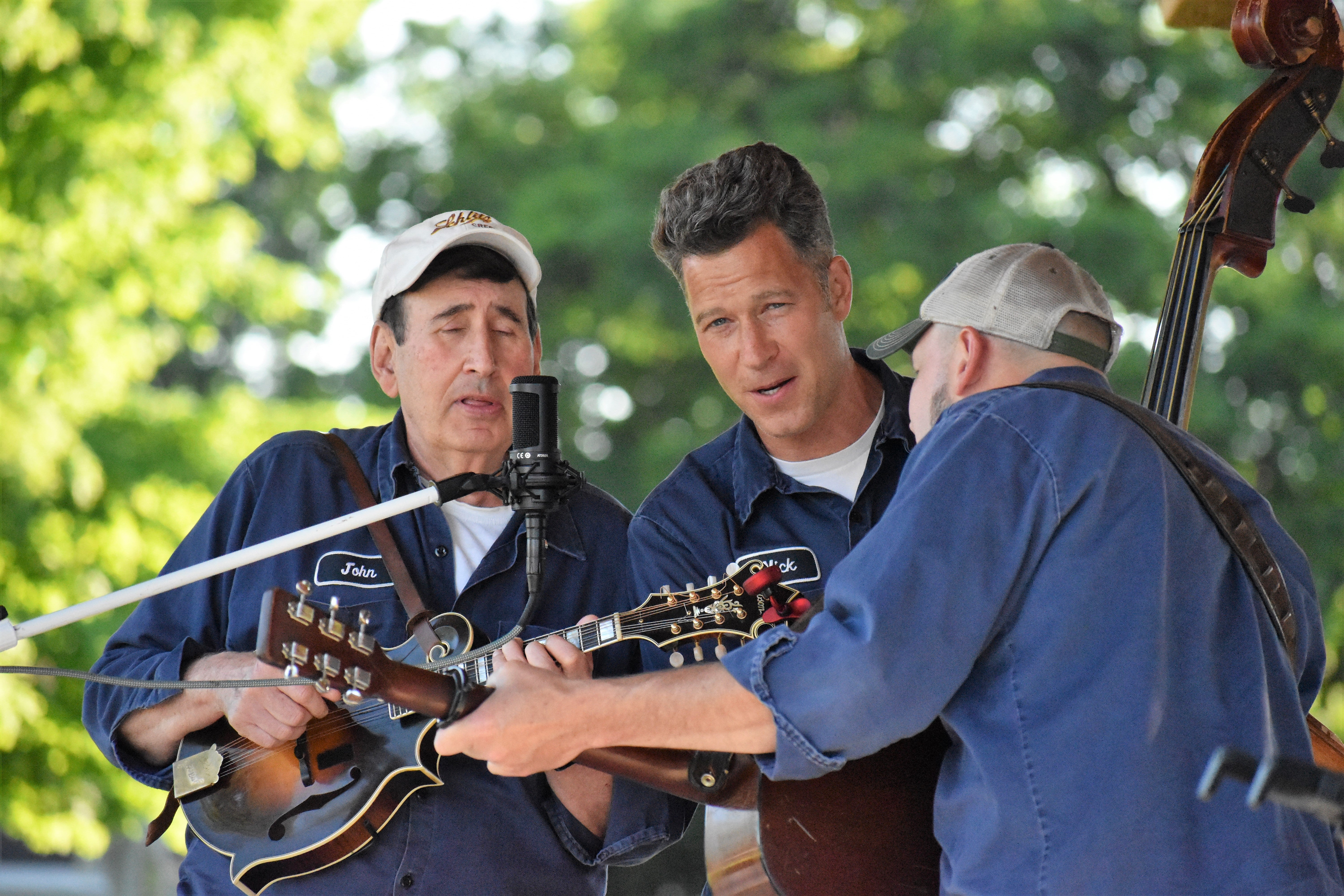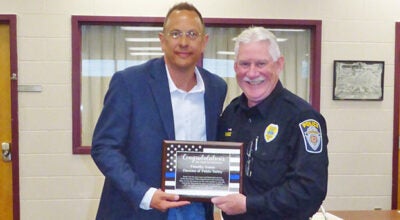Kansas came to Russia’s rescue
Published 8:40 am Friday, November 6, 2009
By JOHN EBY
Dowagiac Daily News
Selfless Rotary volunteers seek out service opportunities.
As depicted in a video the Dowagiac club viewed Thursday noon at Elks Lodge 889 for Rotary Foundation Month, an April 1991 project linked the American Midwest of Olathe, Kan. (population 70,000) and the Russian Midwest of Moscow “Heart to Heart.”
Four Kansas Rotarians set out on a fact-finding mission to the area most affected by the Chernobyl nuclear accident.
A year later, the largest U.S. cargo plane airlifted 75 tons of medicine and medical equipment to Russian hospitals.
How one event led to the other exemplifies Rotary volunteerism – commitment, organization and hard work for a humanitarian cause.
Olathe’s quartet consisted of pharmacist Jim Kerr, accountant Dave Lundgren, builder Ray Mattix and Dr. Gary Morsch, a physician.
They started their journey with a hypothesis that such a monumental disaster must have strained Russia’s health care delivery system.
Radiation problems existed, but they discovered a greater countrywide emergency – the whole health care “system” was “virtually non-existent.”
It was antiquated and lacked basics with which to render treatment, such as antibiotics.
Doctors coming to hospitals to treat patients lacked necessary equipment.
Rotarians discovered the daunting depths of Russia’s needs.
The Russians “cried because they could not believe that we were bringing 10 duffel bags of medicine,” one Rotarian recalled.
Within weeks of their return, the Americans began formulating their plans for an airlift.
With compassion, Rotarians began gathering medical supplies from across the Midwest – America’s heartland – destined for Moscow in Russia’s heartland.
They blitzed with media coverage in newspapers, on radio and on television.
Rotarians coordinated help from church groups, clubs, schools, hospitals and individuals.
They enlisted the Olathe hospital staff to inventory, categorize and log donated supplies, which were sorted and grouped to go to specific hospitals and clinics in Russia.
Those who couldn’t give time, gave money, and enabled Heart to Heart to raise $20,000 to secure a Rotary Foundation matching grant.
They adopted the philosophy of “take it, don’t send it,” to retain control.
Trucks delivered loads appropriate to the designated health care facilities, then “human chains of Rotarians – Heart to Heart volunteers, local doctors and nurses – filled barren dispensaries.”
Seeing the gesture carried to fruition elated the givers as well as the recipients.
Most institutions which benefited were children’s hospitals.
“It was a miracle a minute,” one commented.
“We have no hidden agenda. We have no ideology we’re trying to spread, no political or religious overtones, just people helping people.”
The documentary also examined the bond between Coos Bay-North Bend, Ore., Rotary Club and northern Montemuro Mountain, Portugal, a bygone agrarian culture which exists “back in time,” apart from the technological world.
It is known as one of Europe’s poorest regions.
Joyce and Len Farr in 1983 first visited the area and had been returning ever since as Rotary volunteers.
Joyce, with her background in textiles, was especially intrigued with the ancient methods of spinning and weaving local women still used.
They did everything by hand while creating wool garments, from raising and shearing sheep to spinning and weaving the wool.
They also created products in flax and linen.
The Montemuro Project funded in 1987 established women’s cooperatives in several villages to produce and market textile items in the traditional fabric of that village.
Five weaving looms Oregon Rotarians sent “were used quite hard on uneven floors. Though the equipment was a great boon to productivity, it was the person-to-person interaction of these dedicated Rotarians that developed the affection and trust so essential to the progress of women in the cooperatives.
“A Rotary volunteer’s presence can be a vital element in a project. Sometime earlier, another donor sent a modern knitting machine to one of the cooperatives, but sent no one to demonstrate its use. Joyce discovered it, nearly hidden under piles of materials. She uncovered it and cleaned it. Before she could get it up and adjusted, a local woman was at Joyce’s side, urging her to teach her how to use it. Now, this machine and others are useful tools for that cooperative’s output.”
The Farrs travel from village to village, bringing new design patterns.
“It’s been a joy to see the same women year after year and to see their progress,” Joyce said.






